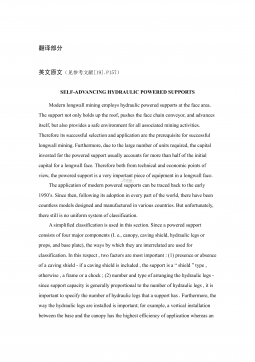一种新的在高速铣削中识别稳定性极限图的分析实验方法外文文献翻译、中英文翻译
XXX设计外文文献及译文文献、资料题目:Anewanalytical–experimentalmethodfortheidentificationofstabilitylobesinhigh-speedmilling文献、资料来源:国外金属加工2OO5年第26卷第3期文献、资料发表(出版)日期:2005.3院(部):专业:班级:XXXXXX姓名:学号:指导教师:翻译日期:外文文献Anewanalytical–experimentalmethodfortheidentificationofstabilitylobesinhigh-speedmillingThereisapressingecono...
相关推荐
-
2024年党支部党建工作计划与2024年党建工作要点工作计划范文(两篇)

 2023-12-17 361
2023-12-17 361 -
2024年师德师风专题党课讲稿:坚定教育初心,争做优秀教师
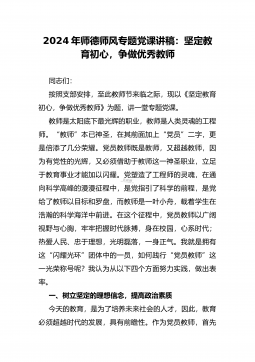
 2023-12-17 283
2023-12-17 283 -
2024年专题党课讲稿:深刻理解新时代党内集中学习教育的重大意义
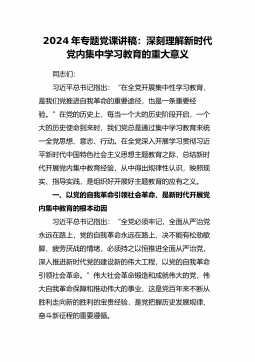
 2023-12-17 239
2023-12-17 239 -
2024年党课讲稿:铸牢中华民族共同体意识奋力推进高质量发展

 2023-12-17 444
2023-12-17 444 -
2024年党建工作要点工作计划文稿与2024年学校党建工作计划【两篇】

 2024-02-25 182
2024-02-25 182 -
2025年党建工作计划及工作要点3050字文
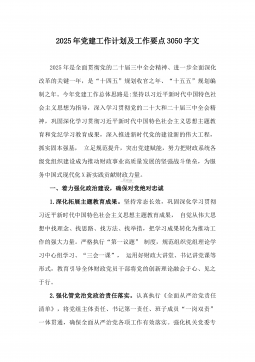
 2024-12-07 107
2024-12-07 107 -
2025年“十五五” 规划编制的开局之年党建工作计划及工作要点【2篇文】

 2024-12-07 290
2024-12-07 290 -
2025年“十五五”规划编制之年党建工作计划及工作要点文2篇
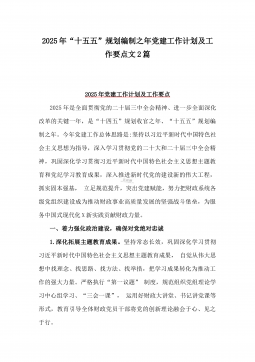
 2024-12-07 484
2024-12-07 484 -
2025年党建工作计划及工作要点文稿(二篇)
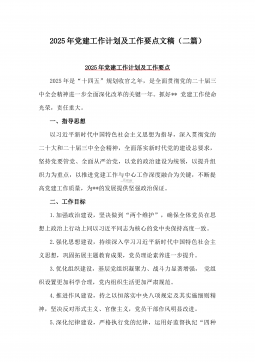
 2024-12-07 159
2024-12-07 159 -
带头在遵规守纪、清正廉洁前提下勇于担责、敢于创新方面存在问题【12条】合编
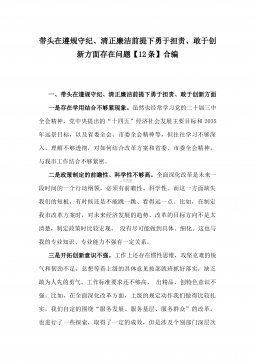
 2025-01-09 999+
2025-01-09 999+
相关内容
-

2025年全面从严治党工作计划工作要点3370字范文稿
分类:其它行业资料
时间:2025-01-09
标签:无
格式:DOCX
价格:15 光币
-
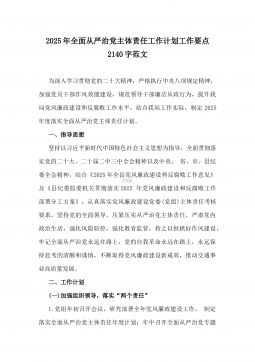
2025年全面从严治党主体责任工作计划工作要点2140字范文
分类:其它行业资料
时间:2025-01-09
标签:无
格式:DOCX
价格:15 光币
-
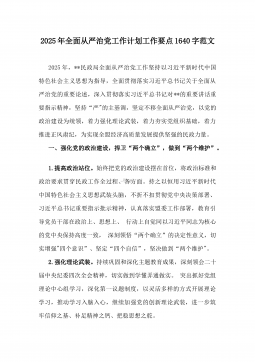
2025年全面从严治党工作计划工作要点1640字范文
分类:其它行业资料
时间:2025-01-09
标签:无
格式:DOCX
价格:15 光币
-
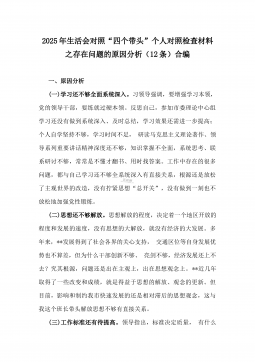
2025年生活会对照“四个带头”个人对照检查材料之存在问题的原因分析(12条)合编
分类:其它行业资料
时间:2025-01-09
标签:无
格式:DOCX
价格:15 光币
-

2025年公司党员领导干部民主生活会整改落实方案文稿
分类:其它行业资料
时间:2025-04-02
标签:无
格式:DOCX
价格:15 光币




